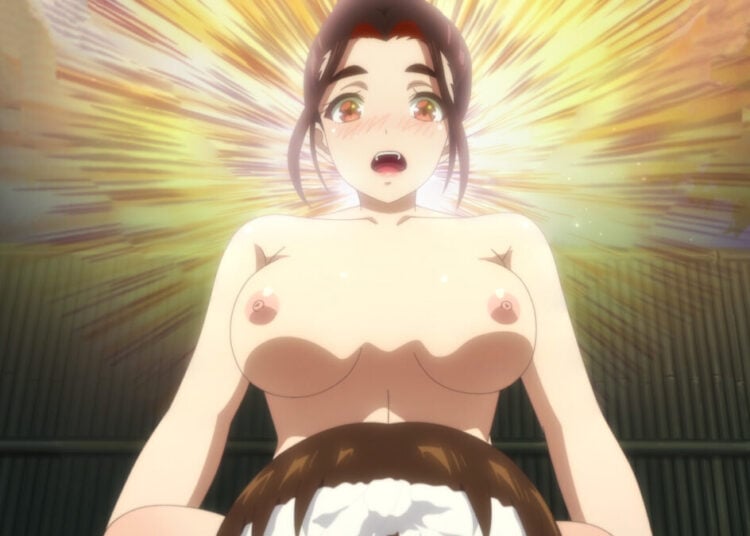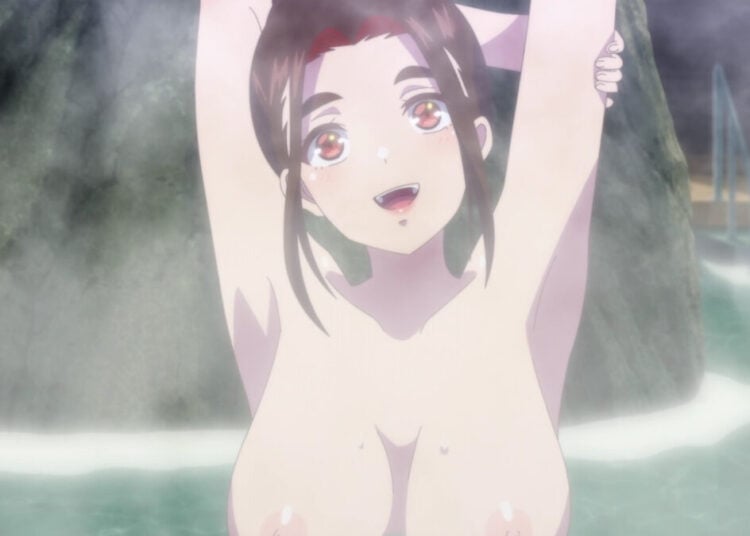Having launched worldwide on April 29th this year, Yasuke received a 6-episode run telling the fictionalized account of the 16th-century samurai of the same name. You can find a historical recap of Yasuke’s real-world history, right here on the J-List Blog.
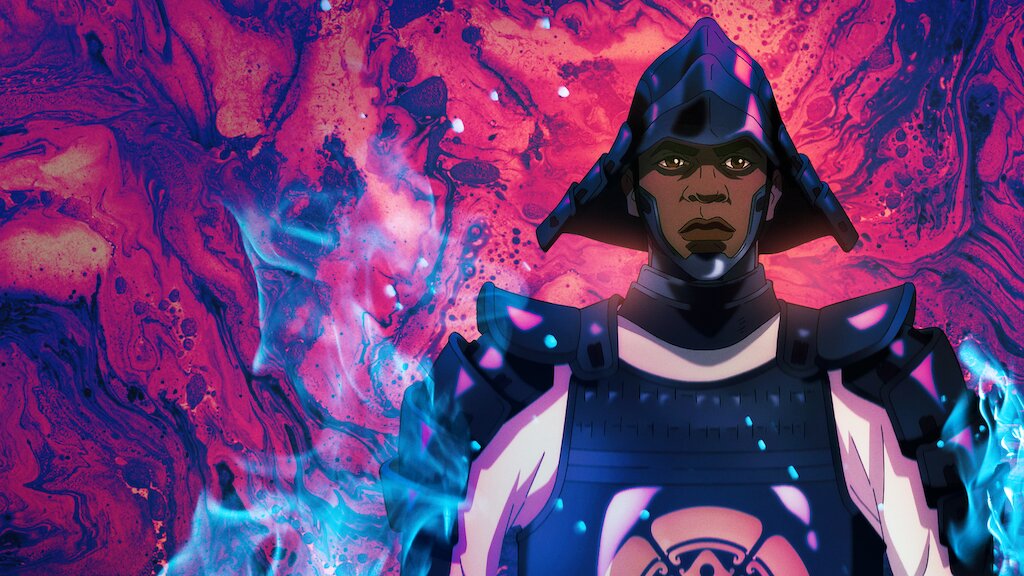
Yasuke as an Anime
Yasuke takes many liberties with its storytelling and historic details, blending samurai warfare with sci-fi and fantasy for a remarkable story. On paper, it can sound a bit disjointed, but make no mistake — Yasuke is one anime you don’t want to sleep on.
Between the late 1500s and early 1600s, Yasuke tells three stories in six episodes. The first being about Yasuke’s arrival and early life in Japan upon being taken up as a retainer for Oda Nobunaga. The story parts taking place in the 1570s until 1582 are surprisingly insightful and, while taking liberties, gets the greater details of Nobunaga’s life as a shogun right, particularly his death.
In 1602, the anime focuses on Yasuke’s life after his lord’s death. Since then, he has become a ferryman for a small village. When he is enlisted to help guide a local mother and her child up the river to see a special doctor, Yasuke has to take up his katana once again. Characters created specifically for the anime are introduced, and it gets a little weird. A gang of assassins, consisting of a giant robot, an African shaman, a shapeshifter, and a sickle-wielding acrobat is hired by an Italian Christian priest named Abraham to steal the child.
Here the story feels a little odd, begging the question of how giant robots and mechs could coexist alongside astral projection and samurai in the year 1602. On the other hand, the outstanding fight scenes and animation are almost enough to satisfy you when you realize those questions will never be answered.
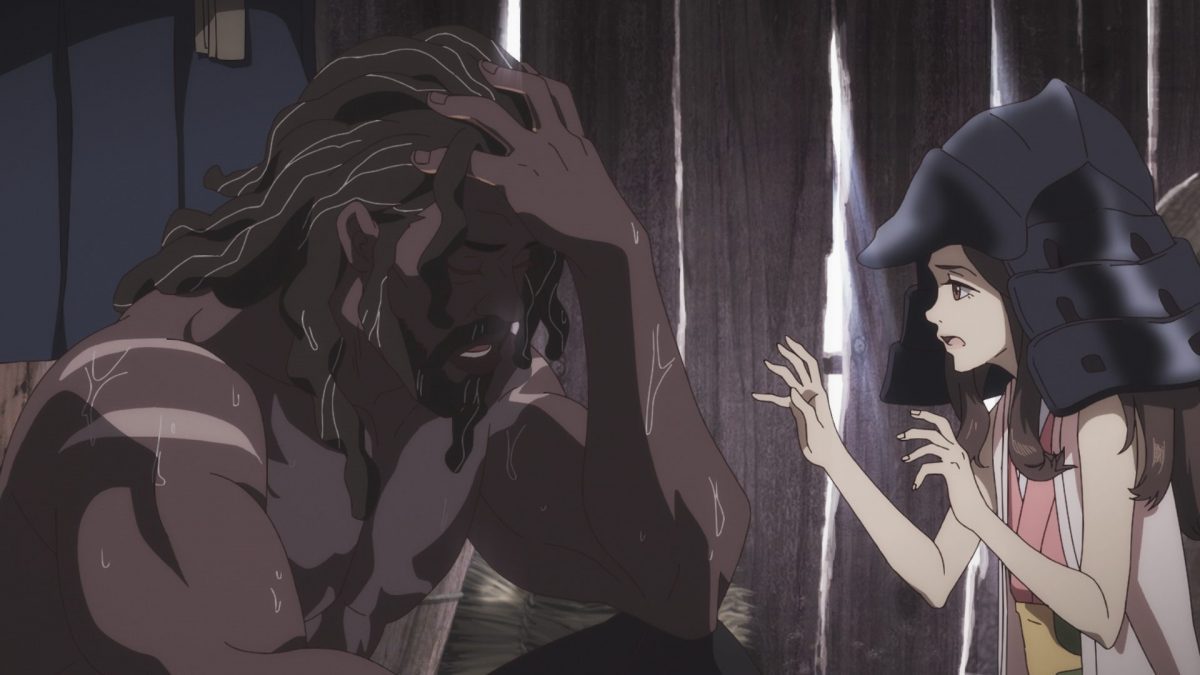
A Villain that Deserved More Screen Time
Abraham’s character is one of the most interesting and well-thought-out characters for the show, at least in terms of historical significance. Christianity originally arrived in Japan in 1549 with Spanish missionary, Francis Xavier. Roughly 60 years later, in the Edo period (1603–1867), Christianity was outlawed, supposedly due to converted shoguns creating a rift in the unification of Japan. That is exactly what Abraham’s actions cause in the show, using manipulative tactics and lies to turn the Japanese villagers against Yasuke.
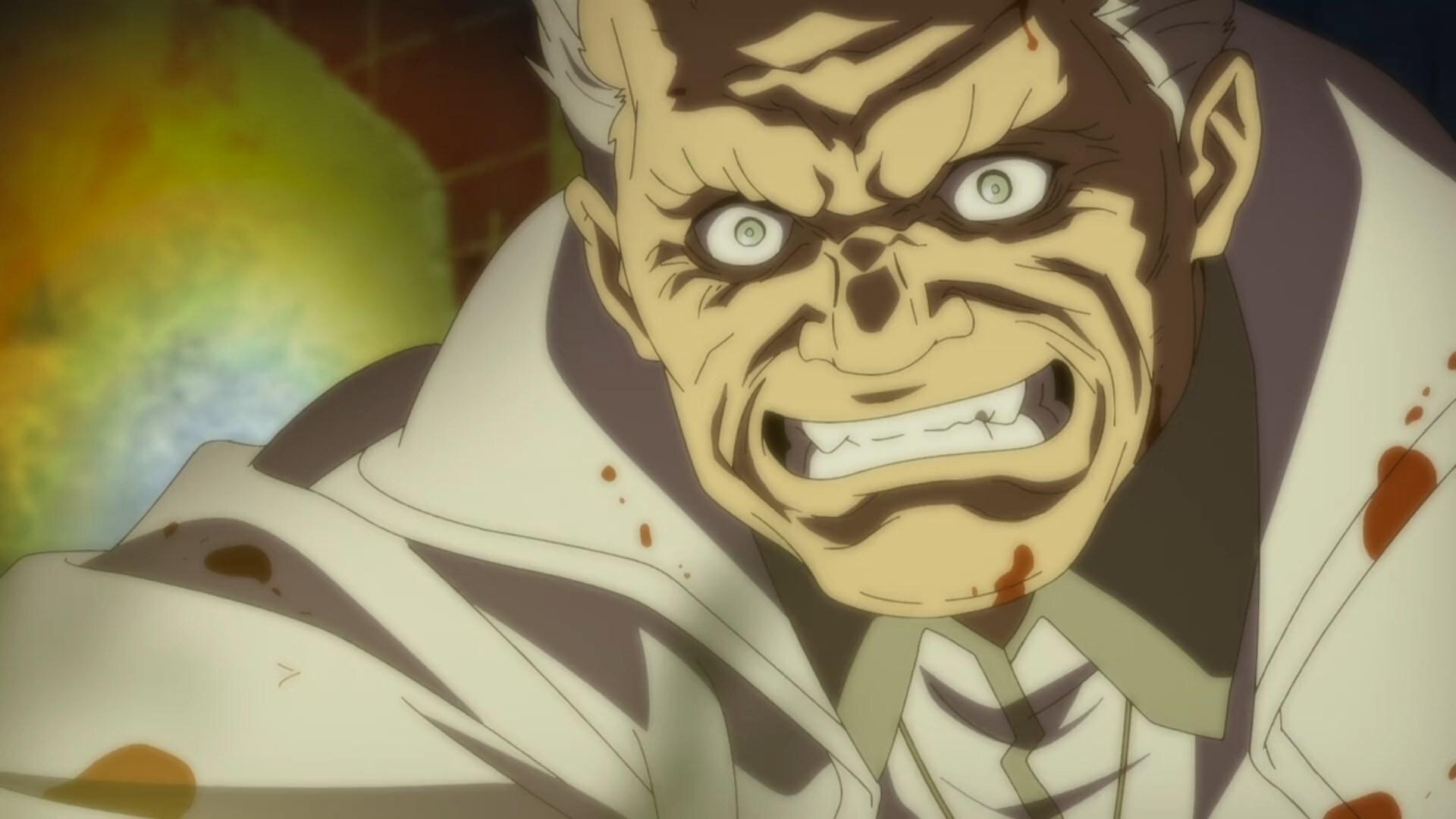
Christianity was outlawed in 1612, roughly a decade after the events of when Yasuke ends. Those who watched Samurai Champloo might remember episode nineteen that talked about religious persecution of secret Christians, telling a story of a fake Japanese-Christian priest who used heavenly reward as a manipulative tactic for the sake of gun production. Samurai Champloo has no exact date, but is presumed to take place in the late 1670s (however, other events in the anime point to it occurring in the 1850s).
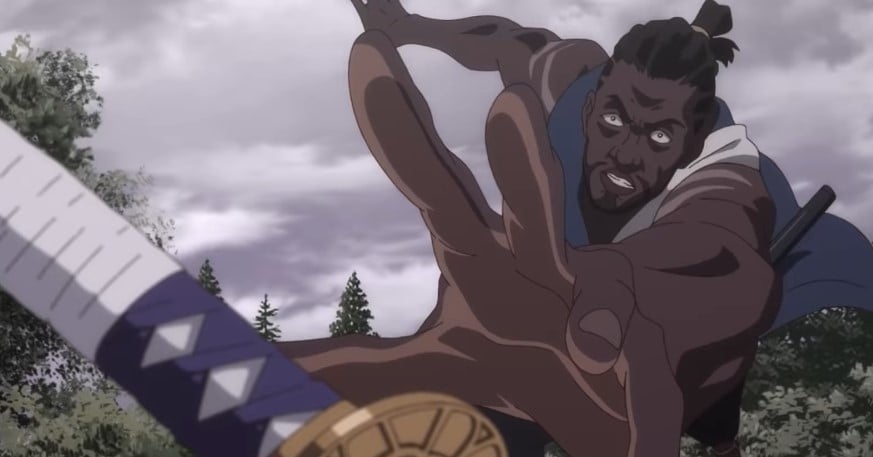
A Steady Decline, but not a Total Nosedive
The second half of the anime introduces the true villain who, although she has a striking character design, has very little to her beyond that. Daimyo has a lot of potential and build-up, being power-hungry and looking to extend her life through war and conflict. However, her motivations are unclear. All we know is that she isn’t human.
Unfortunately, the last two episodes amount to a lot of cool content and scenarios but little substance and character development like we saw with Abraham during the first three episodes. It’s fun to watch, but there’s little value in it all — which I blame primarily on the series’ length. Having to tie together three story arcs in six episodes can be a challenge. By the time you’re at episode five, it starts to show that character development was dropped in favor of pushing scenario content and high-energy fight sequences.
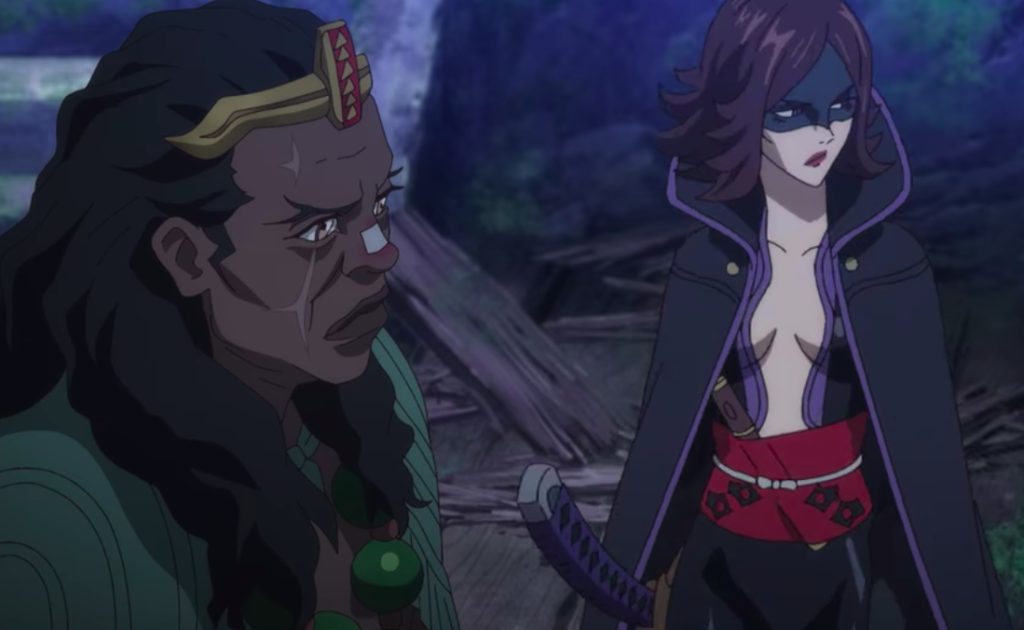
On the animation quality for that matter, Yasuke is a visual treat. Character designs are unique, camera shots are tight, CGI mechs are cool, and the fight scenes are hot! The animation team had a lot of fun with action sequences and it shows — playing with a lot of perspective shots. Yasuke’s hair especially has a lot of smooth and crisp flow to it.
In the end, Yasuke is a mixed bag. It’s a fun story with a great leading character, an interesting support cast, and attention-gripping scenarios, but the fictional aspects of both the story and world are lacking in detail. We never learn how robots, mechs, shamen magic, and werebears just exist in the continuity. Historically inspired plot points are the least confusing parts. With that said, I don’t regret having watched it, and a second season would certainly be appreciated.


